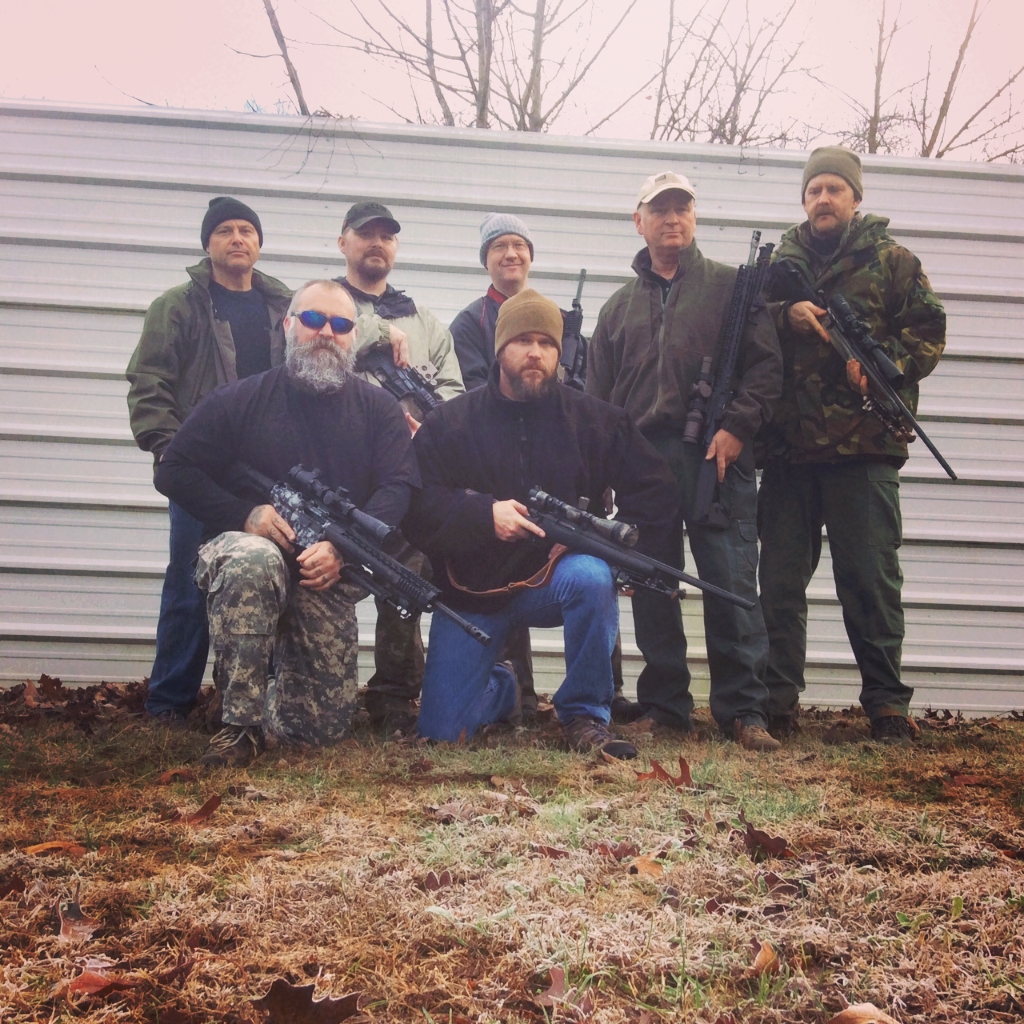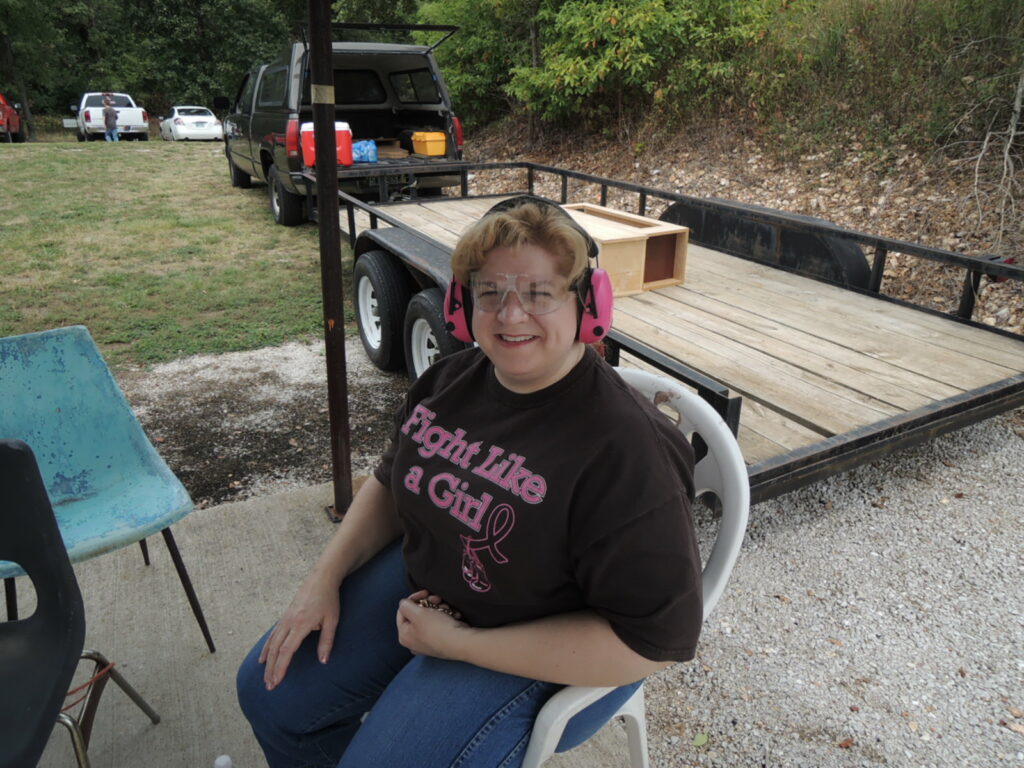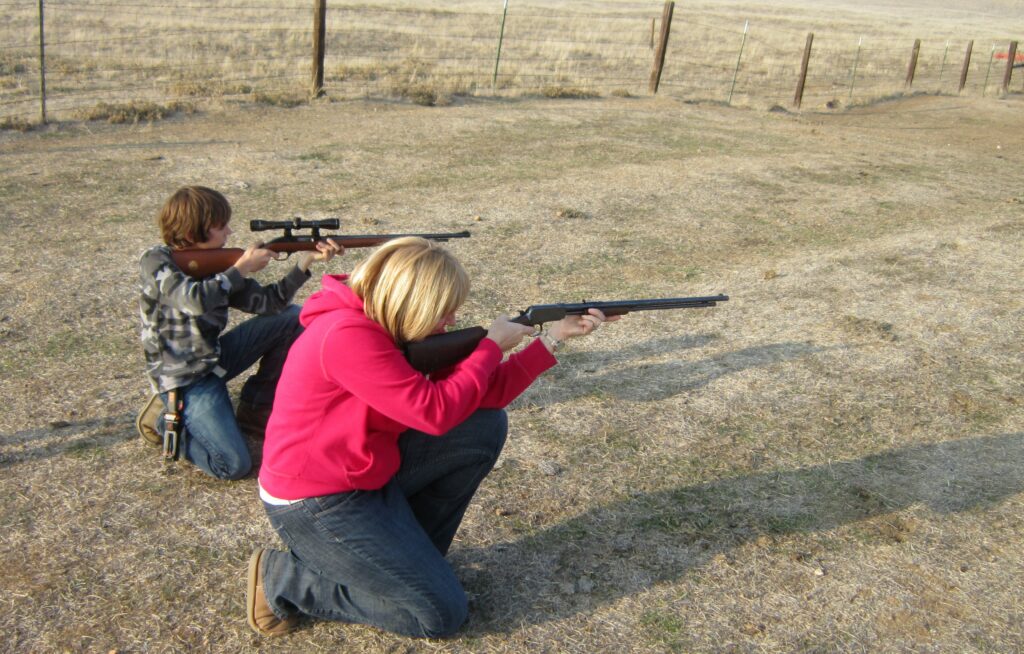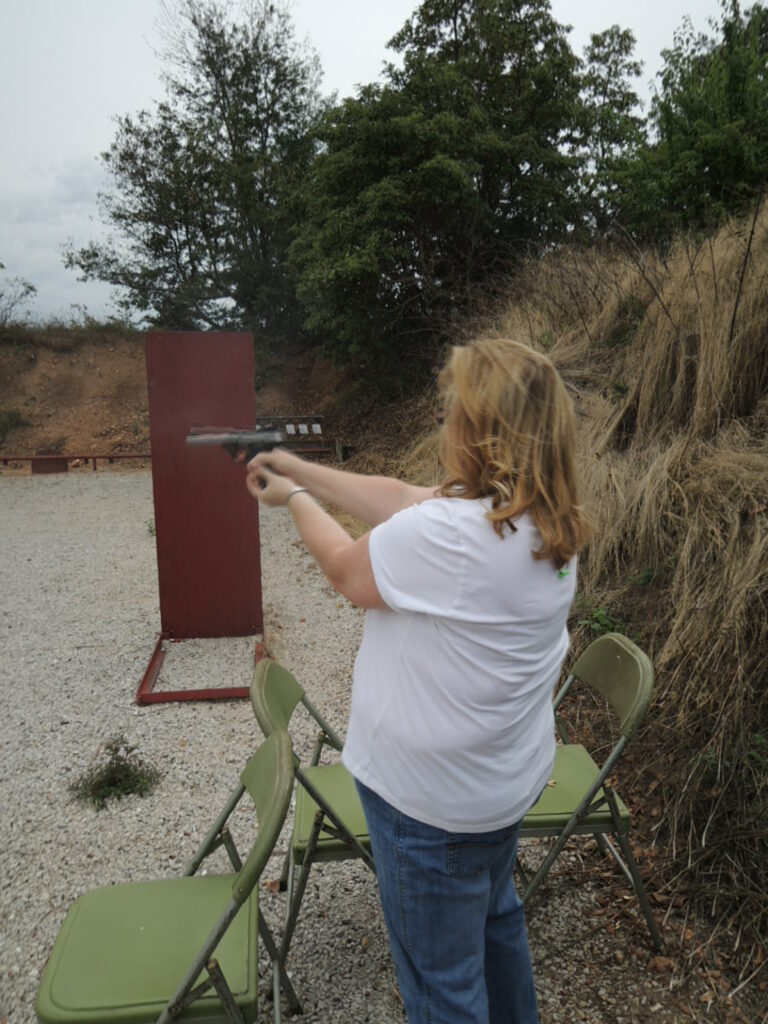“Training is under the tutelage of an experienced and qualified instructor. Practice is what you do with what you learned while training.” Paul G Markel.

Training and practice applies to many of life’s options. Here however we are talking about weapons. When it comes to firearms, plinking and generating empty brass for fun is neither practice nor training. Way too many people think it is.
Your father, brother, husband, boyfriend most likely don’t count as trainers, even if they have a training facility, credentials et al. If they changed your diaper (or you changed theirs) or have seen you naked, the one being taught just doesn’t see the other in that role. You need to go to a class where the instructors are not related to you.
You may want to know which facility and class to go to. Most likely if you are a beginner, start with a basic handgun class.
You may want to know what facilities are garbage and which ones are quality. We all hate wasting time and money. The right class will take some thought on your part. Search the web for reviews on places, ask in forums and any shooters you know.
If someone you know is against taking a class because “they have been shooting their whole life”, or “their grand pappy showed them how to shoot”, or “those places are just trying to steal your hard earned money”, don’t listen to them.
Different firearms schools teach different techniques, ways of shooting and styles. Some are combat courses for military and contractors, others are geared more for law enforcement, some for church security, a few just for those that want to feel high speed and tacit-cool.
The best beginning classes are the ones that teach beyond concealed carry (CCW) but use concealed carry techniques. As a rule of thumb, if you get into a gunfight you weren’t expecting it will be based on a CCW scenario. After all, if you were expecting a fight, you would have either avoided the situation or brought a whole lot of friends with rifles.
I have been to many schools and I have those I like and recommend, and those I don’t recommend. Since I keep up with the security industry I have thoughts on some schools based on friends I know who have attended or know the staff directly.
For the beginner, take your state’s concealed weapons class. Shut up and just do it.
Next take the most basic or “fundamentals” class you can. Some schools have 4 hour classes just to help you feel comfortable and familiarize yourself with your pistol.
After that, take a full day or two day class. Some schools call it “tac 1”, others “pistol 101” or any such thing. Read the web site, check around. You don’t want to end up in an advanced class if you have not prepared for it.

Look for training school videos or student videos of the school. If the instructors are wearing the latest camouflage with plate carriers and ballistic helmets, that is not the class for you. If they are jumping over vehicles, rolling on the ground and trying to impress you with fancy moves, they are not the instructors for you.
Read forums about the schools. That means you will have to join a forum or two or six. When reading the forums remember that every school and teacher will have two major types of people, haters and worshipers. Use wisdom to discern those comments.
You will find, some famous schools teach 1980’s techniques because they have not evolved. Some new schools teach dangerous and stupid techniques.
Instructors for beginners should look like someone walking down the street. If there is a video it should show some techniques or movements that are natural. By that I mean, if you are in a Walmart parking lot and things go south, there will be movement, possible reloading the pistol and maybe the use of cover or concealment. Here is a good video showing good technique and thus a good instructor and class for beginners: https://www.youtube.com/watch?v=AOpnd-ixvc8
Go easy on the gear, contact the school to be sure you get what you need.
There are plenty of businesses selling “stuff” and you don’t need tote boxes full of stuff that did not work or was not what you needed. Normally your pistol, three magazines, a holster and magazine pouch will be all the gear you need. You will need ammo and hopefully a list of other suggested items will be on the web site of the place you choose.
How often should one train? It really depends on your skillset and budget. I personally attend training at least once a year and I revisit “basic” classes to work on the fundamentals every couple of years. I would suggest, if you are a beginner in year one take your states CCW class then fundamentals class of four to eight hours. Next (that same year or the next year) take a full day or even better a two day class.
If you are new to firearms training (again, not necessarily to shooting), I would not take a pistol class, then a shotgun class then a precision rifle class in the same year. Develop a solid foundation of one gun before moving on to the next.
After your training class, the next question should be, how often should one practice what you learned?
First let’s start off with the different kinds of practice. Not everything needs to be done “live fire”. You can practice reloading with an empty gun and a couple of empty magazines at your home.
Just for the sake of all that is holy, empty the gun of all ammo, empty the magazines, double-check and now triple-check the firearm is empty. Move all ammo to another room or practice in a room where the ammo is not. Then when you are finished say, out loud, “I am finished practicing”, then reload the weapon. Too often people reload their magazines and the pistol and then decide to go for one more draw and they shoot the wall or their child.

Dry fire and empty gun practice will only get you so far. Many pistols have equivalent guns in air soft and or in BB guns. You can practice in safe environments with those without the need to be at a gun range. I regularly use a “glock” air soft, with air soft targets to work on my movement while drawing, aiming and firing. I can do this in my home safely. The investment is minimal when I factor in saving on ammo and travel time to and from the range.
It is my personal belief that daily practice is best. Arguably, that may not be realistic for your life. Then at a minimum, work on the dry fire / empty gun handling weekly. I strongly believe that you should make time for live fire practice at least once a month. Worst case scenario I would do once a quarter, so long as you are working on some sort of dry fire / empty weapon training more often.
What to practice? Primarily what you learned in training. We don’t want to instill bad habits. Non-firing practice, dry fire, reloads, drawing from holster. You can also dry fire practice to work on trigger discipline, sight concentration et al. Dummy rounds (NOT Blanks) work nice to add weight or instill the movements needed in reloading.
When you go to fire live ammunition, there are several of methods available to you. If your instructor gave you a list of things to do, by all means do them. As an option, the SOTG “One box workout” only uses 50 rounds of handgun or rifle ammo and is a good maintenance workout. APT has a 100 round maintenance drill for pistols and is excellent.
Once you are comfortable with your handgun, you should enter some form of competition. Many clubs have everything from bulls eye (not real practical but does stress trigger control and sight picture) to National and International shooting leagues.
This may cause a fight, but heck, it’s my blog. I am very pro competition. I shoot many of these events every year. While some trainers and professionals claim that these type of events will get you killed, I disagree. If, and that is a big IF you take them as serious drills, stress inducers and treat them like real world scenarios, not run and gun stages, you can and will increase your skillset.
Some of these are USPSA, IDPA, Steel Challenge and GSSF. For beginners I would start with Steel Challenge and GSSF. They are the easiest for beginners and are fun to shoot. There is little to no movement and in most cases there is no drawing from a holster.
USPSA and IDPA add in movement, drawing (from concealment), and cover (if you use it realistically, not like those there to win a match). IDPA is my personal favorite because it is the most “real world” that I have found.
I try to treat every shot and every stage as much like a concealed carry draw event as I can. If you treat a shoot as advanced practicing. If you work on a smooth trigger pull, trigger reset, reloading, sight picture et al, you won’t win the event, but you will get some valuable practice, under pressure, using the fundamentals.
I usually end up in the bottom 3rd of the shooters. While I would like to do “better” at these shoots, I do all I can to remember why I am there, stress induced practice of what I learned in training.
At these events, I use my real world gear, holster, magazine pouches and gun. * I bet you expected the * didn’t you? When I am testing equipment, I also take it to these shoots as well as training and normal practice sessions. Some of the gear I have tested is not my “everyday” gear, though I try to use whatever it is for more than 3 months and preferable more than 6 months before I write about it, so it was my everyday gear at some point.
Once you have spent a year practicing what you were trained to do, go for a more advanced handgun class, add the things you learn at it to your previous skills and grow.
That’s enough for now. Until we meet again, keep your booger hook off the bang switch until on target and ready to fire.




One thought on “Training vs. Practice, there is a difference.”
Comments are closed.